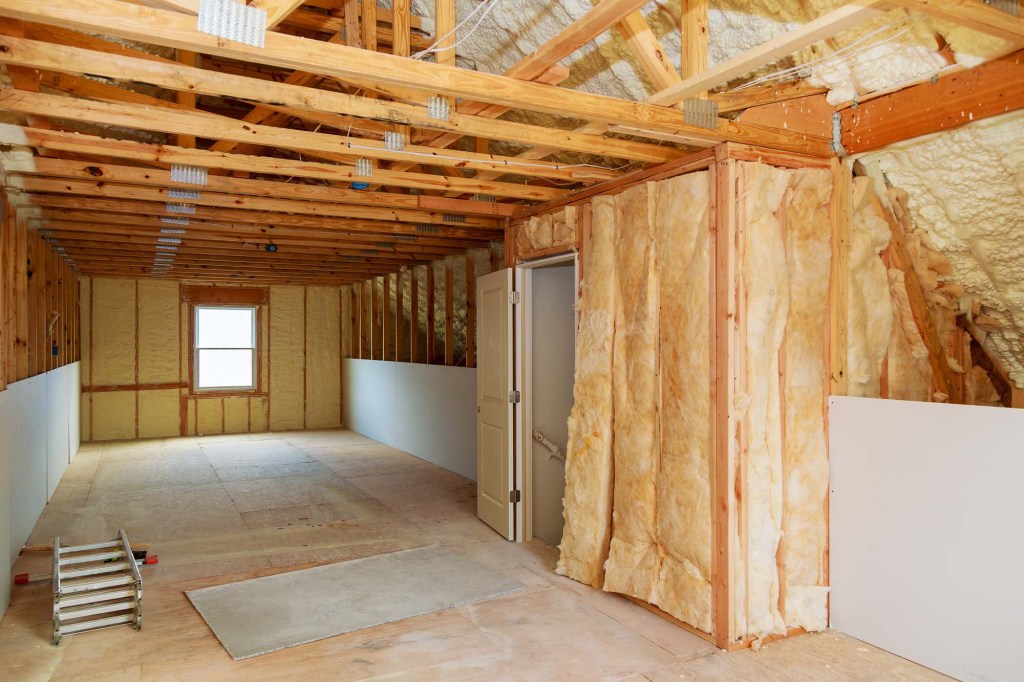In 2012, we predicted “by 2020, the rapid pace of change in residential design and construction will transform building products and performance. A sustained focus on both energy and water will transform building science from the sidelines to a leading role for both practitioners and manufacturers. Products will be integrated into systems as a matter of course, and Vision 2020 builders and manufacturers will be as resilient as the homes they design and build to the demands of both a new economic and environmental climate.”
Global Warming Potential of Building Materials
We predicted that the high global warming potential blowing agents used in spray polyurethane foam (SPF) and extruded polystyrene (XPS) insulation would be replaced with fourth-generation blowing agents that have little or no impact on global warming by 2020. We’re glad to report that we’re nearly there. The SPF industry has now converted to HFO blowing agents, and the XPS industry is moving in that direction as well. We may not have completely phased out the bad blowing agents by 2020, but we’ll be close.
Indoor Air Quality and Transparency
We were correct in our prediction that health impacts of the indoor environment will have gained more attention by 2020. Since 2012, the Well Building Standard has been launched, which is sharpening our focus on the health of our indoor environments. Manufacturers are increasingly producing Health Product Declarations for their products through a growing trend toward transparency. Just as Anheuser-Busch is now labeling ingredients on Bud Light, more and more building product manufacturers are now divulging what exactly is in their products.
Energy Efficiency
In 2012, we predicted continuing progress with low-energy buildings, and this is happening at least in certain places. Starting in January 2020, new homes in California will have to be net-zero energy—meaning that they generate as much energy as they consume. This is huge, especially because California represents such a large housing market and because it often sets trends that catch on nationally. This is a big win for the environment.
Water Efficiency
In 2012, we pointed out what a huge challenge water will become in many areas and predicted that water efficiency standards will become more stringent. The challenge remains as great as ever, but California—again leading the charge—has adopted the EPA WaterSense plumbing fixture standards as statewide code. This includes a maximum 1.28 gallons per flush for toilets, 2 gallons per minute for showerheads, and 1.5 gallons per minute for bathroom faucets.
Resilience
While we didn’t address resilience directly when we wrote our predictions in 2012, not long after that Superstorm Sandy struck the New York City area and thrust resilience onto the front burner. This new focus on resilience adds another significant design criterion for our buildings that will become more important in the years and decades ahead. It is now generally agreed that the climate is changing, and we need to be designing homes and other buildings that are better adapted to changing conditions. Keeping their occupants safe is a fundamental requirement of buildings, and we are seeing increasing focus on this today.



